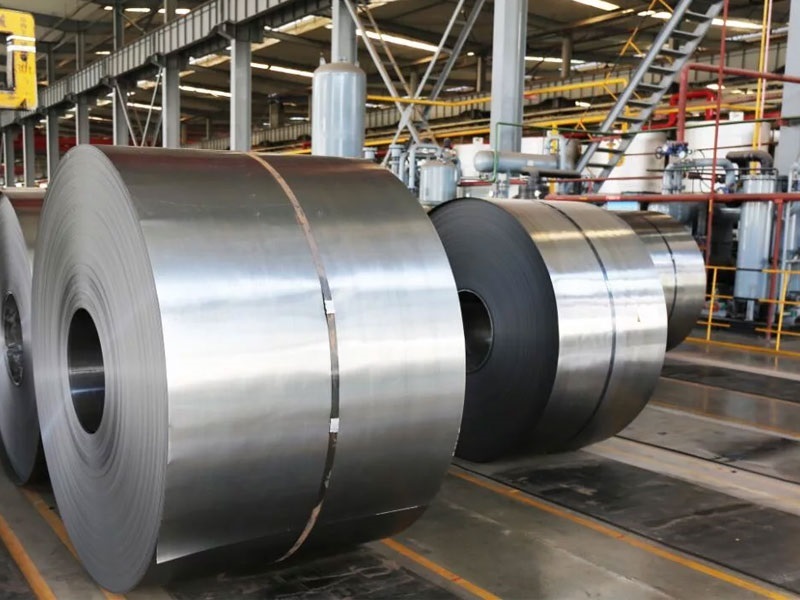

In recent months, rising nickel prices have greatly increased the input costs of most stainless steel producers. However, in many parts of the world, suppliers cannot pass on the total amount of this increase to their customers. As a result, steelmakers are forced to absorb the rise in raw material prices, thereby reducing or eliminating their profit margins.
Only in North America has the recently increased alloy added value been fully applied without reducing the basic values. This may become more difficult to maintain in the coming months as surcharges continue to rise, but demand from end users is still low.
Forecasts of tight supply in the future have pushed up the price of nickel. As more and more electric vehicles are used in batteries, the use of this metal will drive consumption. Recently, Indonesian authorities confirmed that the export of nickel ore will be banned, which has raised concerns about possible shortages. Although plans to invest in Indonesia's nickel refining facilities have been announced, the ban will lead to a reduction in Indonesia's supply in the short to medium term.
On the contrary, the demand for stainless steel is quite low. The U.S. trade action has significantly reduced the volume of steel and manufactured goods from China and other Asian countries. In turn, this has had a negative impact on the ability of consumers in these emerging economies to buy goods from well-known suppliers in many developed countries.
Producers, especially those in traditional stainless steel producing regions, are still struggling with growing global overcapacity. European steel mills are finding it increasingly difficult to compete with Asian quotations at commodity levels. However, they may get some temporary quotations before the temporary quotas for a few tons of steel in the future expire.
Key points of special-shaped bending of stainless steel plate
2021-08-19Three famous stainless steel sculptures in the world
2022-05-31Urban rail transit construction to create a large market for stainless steel
2022-12-28Stainless Steel Use In Marine Applications
2023-04-10Application of thin core technology in small transformers
2024-12-20Take you to understand the mirror stainless steel pipe
2023-09-27






